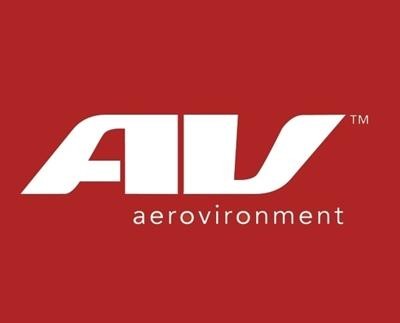Small UAV And Near-Space Systems To Demonstrate Broadband Network And Long Distance Communications
Two companies announced responses to the FCC's Deployable Aerial Communications Architecture (DACA) Notice of Inquiry (NOI) proceeding with fairly different approaches to providing emergency communications following a natural or man-made disaster.

AeroVironment's approach would will support the DACA program by conducting demonstrations using its family of portable, hand-launched small UAS for airborne communication relay. Transportable in a backpack or vehicle and operated using a hand-held control unit, AeroVironment's small UAS can be assembled and launched in less than five minutes and can fly for between 45 minutes and two hours, depending on the model.
The demonstrations will utilize AeroVironment's Digital Data Link (DDL), a standard component of its small UAS, as well as third party communications payloads to connect users with data and voice over long distances. The DDL enables encrypted, beyond-line-of-sight voice, video, data and text communication through each unmanned air vehicle and ground station, and will provide broadband network connectivity for the DACA demonstration. Off-the-shelf communication relay payloads carried by the small UAS will enable hand-held public safety and emergency response radios to communicate with one another over long distances or beyond-line-of-sight, and without ground-based antennas or repeaters.

Space Data plans to combine its established near space technologies with its partner Oceus Networks' hardware to demonstrate the ability to provide both broadband and narrowband public safety communications immediately following a natural or man-made disaster. Since 2004, Space Data has logged over 250,000 flight hours in near space altitudes between 65,000 and 90,000 feet in conducting over 20,000 flights of its balloon-borne platforms. This near space technology has become a critical communications relay capability for the US military, particularly for deployed forces overseas.
To provide communications critical to first responders, Space Data and its partners will conduct demos in select locations across the US. Beginning in July 2012, wide-area narrowband voice and data communications will be provided in such areas as Sacramento, California, and Bismarck, North Dakota, using standard public safety P25 communications operating from Space Data’s high altitude balloon platforms. This concept was successfully demonstrated to participants from the Texas National Guard and United States Northern Command during the June 2011 Department of Defense-sponsored Coalition Warrior Interoperability Demonstration conducted across western Texas.
In late summer 2012, the DACA-related near space efforts will transition to broadband demonstrations using the latest fourth-generation (4G) Long Term Evolution (LTE) cellular protocol. Space Data will combine its high altitude balloons with the Oceus Networks Xiphos base station to provide wide area coverage to mobile and portable LTE user devices in Arizona and near Boulder, Colorado. The latter location was chosen as part of the Public Safety Communications Research program being conducted jointly by the National Institute of Standards & Technology and the National Telecommunications & Information Administration at the Department of Commerce laboratories in Boulder.
 ANN's Daily Aero-Term (04.28.24): Airport Marking Aids
ANN's Daily Aero-Term (04.28.24): Airport Marking Aids Aero-News: Quote of the Day (04.28.24)
Aero-News: Quote of the Day (04.28.24) ANN's Daily Aero-Linx (04.28.24)
ANN's Daily Aero-Linx (04.28.24) Aero-News: Quote of the Day (04.29.24)
Aero-News: Quote of the Day (04.29.24) ANN's Daily Aero-Linx (04.29.24)
ANN's Daily Aero-Linx (04.29.24)




